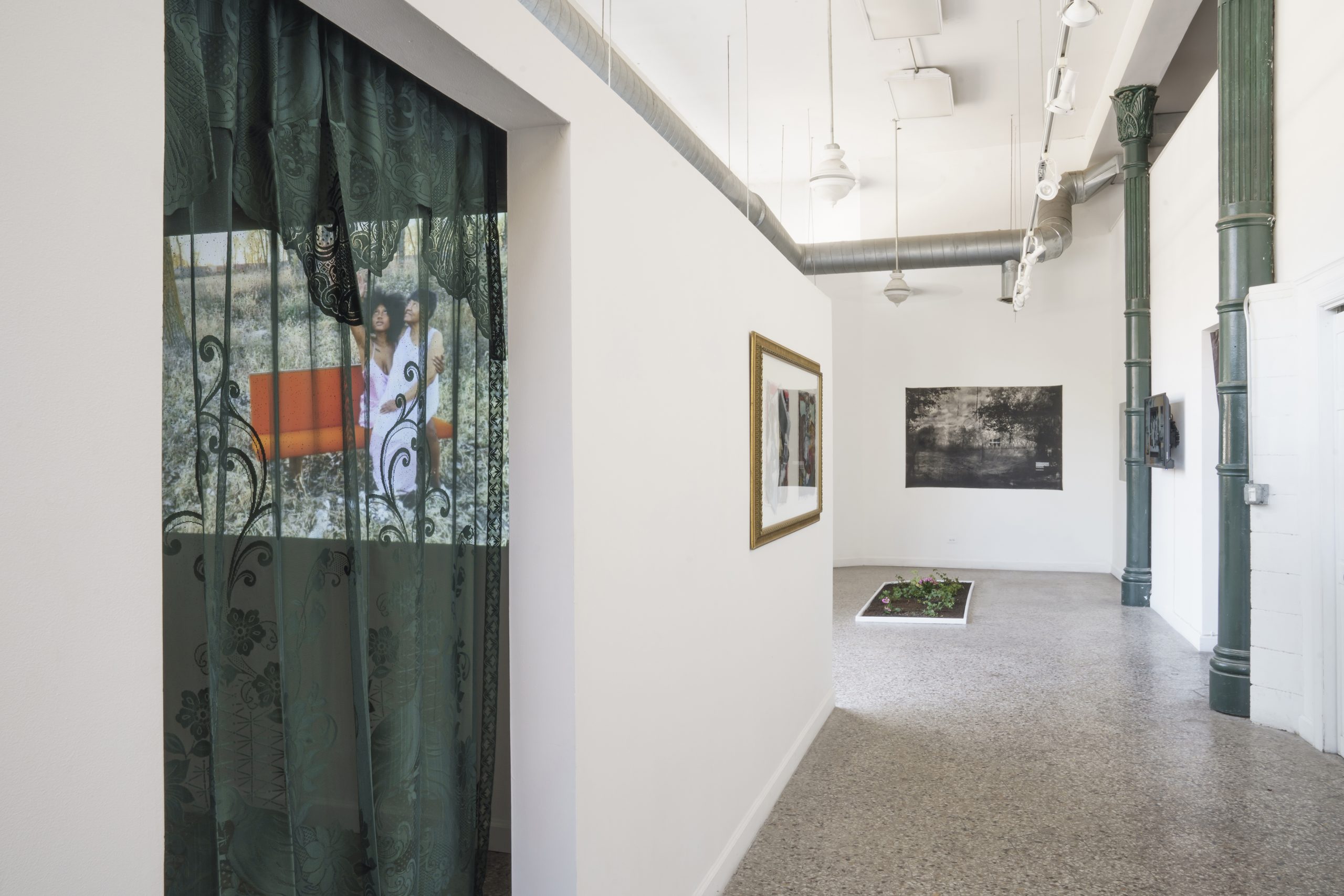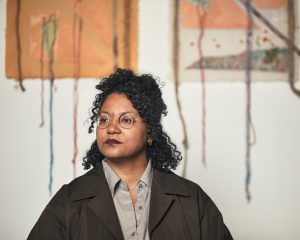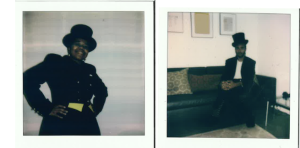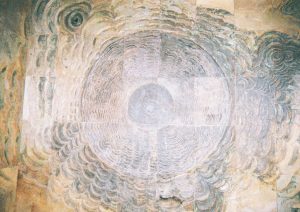Featured image: A view of “Dreamscapes: Imaginings of a Black Pastoral” at Roots and Culture. Two the left is a doorway covered in sheer green fabric that leads into a room with a video piece on display. The right side of the image shows a hallways leading to a larger room with additional artworks. Photo by Colectivo Multipolar.
Entering the space of Roots & Culture on the opening night of Dreamscapes: Imaginings of a Black Pastoral, you are transported through a portal into the familiar realm of fellowship. For me, in the fellowship found in the hall of my childhood Baptist church, a gathering space designated for the communal unravel immediately following Sunday morning service, or in the fellowship found in the yearly ritual of my family reunion, a tradition of Black joy where familial cohesiveness can be restored, generational collectivism is centered and celebration is key. Aunties, grandmas, cousins you didn’t know you had, family friends and friends of friends all coalescing for one singular premise: communion.
Walking through Dreamscapes: Imaginings of a Black Pastoral on opening night, sonics of the masterful sultriness of Marvin Gaye, Patrcie Rushen, and the like play in the background while aromas of dirt, amber oil, and embused wine cascade towards you. You are greeted with a kaleidoscope of brown faces disguised partly with masks but with eyes so bright and curious that their coverings hardly shield the smiles. Every so often there is the quick but not so contained burst of excitement when a familiar face is recognized in the space. You overhear the musings of folks contemplating their place in each piece of work: “Oh, this looks like my great grandparents’ farm in Georgia!” “You can feel the humidity of the South in this photo.” “The size of the words on this fabric remind me of ancestral frequencies that you try desperately to tune in to.” There is an affirmation of space making and holding that effortlessly unfolded, activating and reactivating each artwork to become anew and hold new meaning with each passing meditation. The space became a landscape of its own. On this land is reunion. On this land is abundance. On this land is our ancestors’ dream reborn.
This is the vision of a Black Pastoral that curator Anisa Olufemi calls forth. Olufemi positions Dreamscapes: Imaginings of a Black Pastoral as the unending land-based practice of reclamation and celebration rooted deeply in Black people’s ancestral right to leisure. The exhibition features work by Shala Miller, Jada-Amina, POETIK, Namir Fearce, Derrick Woods-Morrow, R. Treshawn Williamson, Shabez Jamal, and Tavon Taylor. Each piece is boldly interlocked in the majestic yet complicated spectrum of a Black Pastoral and the ongoing negotiation that we make, as Black people, with the land in which we have such a complex relationship to. You are oscillating between wide scales of dreams and nightmares, care and violence, spirituality and trauma, romance and heartbreak, sentimentality and sadness, ease and discontent. In this way, viewing each artwork warps time and cascades you through a landscape where each artwork responds to each other and you in a rolling sequence of experiences and vantage points. On this land is reunion. On this land is abundance. On this land is our ancestors’ dream reborn.
I spoke with Dreamscapes curator Anisa Olufemi and curator and writer Tempestt Hazel as an admirer of their care work. This work is often overlooked, with the use of the word sometimes timeworn. Care work ain’t always easy, but it does come with an ease. As curators and cultural workers, I am enamoured by the agility that both Olufemi and Hazel recognize and center in their fortified use of cultivating sites and spaces of care for Black people. In our chat, we recall Toni Morrison’s Sites of Memory and its anchor in our compounded writing practices while mining our collective knowledge of a Black Pastoral embodied and actualized. We invite you to continue to dream with us through land-based practices, through creative activations, and through our ancestors’ radical reimaginings.
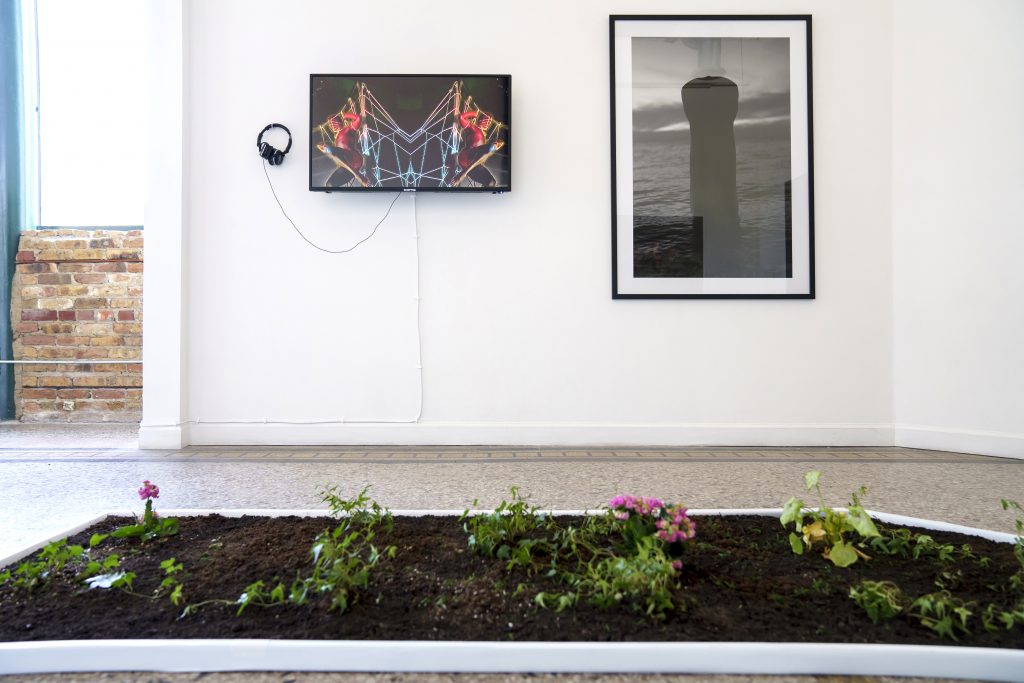
isra rene: For me, it’s always important to begin these conversations with trajectory. How did you dream up your world for yourself?
Anisa Olufemi: First, I have to talk about my great grandma. When I think about my existence, I often like to refer to my existence as her dream. Her risk taking and her bravery opened a gateway for me to be able to live in the way that I’m living. My great grandmother and I are very close. She passed away in 2011, but she lives up with me. I’m very aware of the fact that my great grandmother’s context is from Trinidad and she moved to the states. She’s the reason that my mother, my grandfather, and my grandmother were able to come to the states and raise my mom here. If it had not been for her, first and foremost, I wouldn’t even be here on this soil, literally. So, when I think about my existence as a Black American person, I wouldn’t be able to live this experience if it weren’t for her. In that knowing, I am constantly reimagining what I want my life to look like. Where I am right now is trial and error. What I embrace is a knowing that there are times when I imagine what I want for myself, and I get there, then realize that that’s not it. It’s a matter of dream work but also allowing a fluidity, because there’s always a level of divine alignment at play. It’s the perfect combination of faith, ancestral guidance, and personal determination.
Tempestt Hazel: That is such a beautiful answer! I would start similarly with family. When I started [on the work that I do], I didn’t know where it was leading. I was driven by my curiosity and saying “yes” to a lot of things [to] push myself. I only knew one of my grandparents growing up and because of that a lot of my understanding of my extended family is limited, so that has not naturally become the kind of thing that was always pulling at me. If I were to trace it back to now, I realize that a lot of wanting to piece together an understanding of my family history has motivated a lot of what I do and has seeped into a lot of what I do. Understanding and valuing my own family history in a different kind of way has seeped into how I understand cultural work and particularly my work with archives and memory work. I’m always thinking of art historical cannons and about what future cannons look like for the type of world we want to see, because the cannons we have now are not it. A lot of my work has been about piecing something together and acknowledging that you’ll never get the full story and finding beauty in that. It’s such an interesting question about dreaming up my reality because I don’t know if I ever pictured the reality that I’m currently in for myself, but finally after all these years I’ve entered into a place where I think dreaming should be the priority.
ir: What dreams do you have at this moment as curators that you’re envisioning now for your practice?
AO: The way that I got into curating was very much out of frustration. I started curating because I was irritated. It was 2014 when I put together my first group exhibition. D.C. was in the thick of gentrification–we were past the point of pretending that it could be avoided. I had come across this exhibition that I thought would be interesting, [but] quickly found out that all the artists in the show were white and was pretty disappointed that most of the people in attendance were also white. It was heavily saturated with whiteness and, for me, that was so surprising and unacceptable. To me, D.C. is Black art, Black creativity, Black culture. And it was at that moment I became really interested in the curatorial process as a tool to build community amongst emerging artists, specifically Black artists. That’s what made me fall in love with it. And like Tempestt, being in service and making spaces that serve your immediate community is very exciting to me. I love bringing people together in conversation and action. Curating really gives you the opportunity to let each artists, and the work itself, be in a space. A lot of the work that I do tries to acknowledge and embrace where the care is needed. That’s been the throughline in my practice. What needs to be addressed? What areas need to be tended to and how can we engage on a critical level? I dream about bringing people together in meaningful ways.
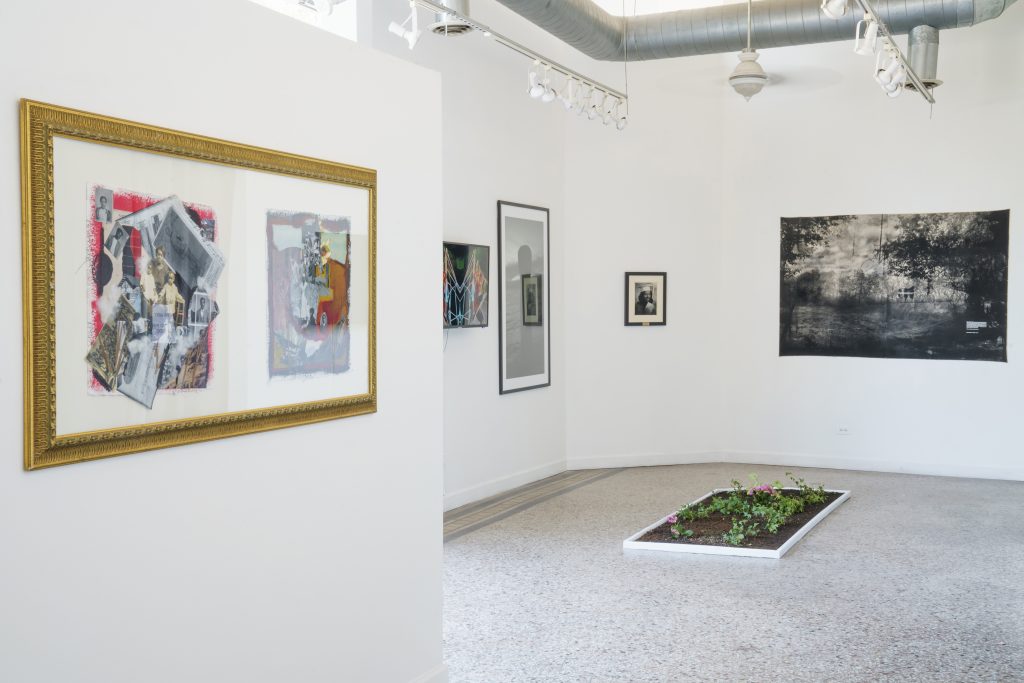
ir: Our relationships are our most valuable assets right now and the way that we build relationships and worlds matter so deeply. It’s important to me to think about who’s invited in and having these conversations, too. Witnessing the need or the void and filling it, actively and intentionally, is essential care work.
TH: Seeing and identifying gaps and not waiting for anybody to give you permission or even asking for permission to address them is so important. That’s the energy that Sixty [Inches From Center] was established on. That nobody has to christen us to do the work of documenting and archiving our lived experiences. We should have the power to do so, so we’re gonna go do it. The dreams that I have right now for my work are around writing because I don’t get to write enough. I have this pulling need to try after spending so much time absorbing in a lot of different ways, whether curatorially, through my art administrative work, or [my] advocacy work. I want to sort through it and put it down in writing as my own personal archival dream practice. I often have talked about writing as the thing that I love to hate. It’s such an excruciating yet satisfying practice. But, it does require a certain type of environment for me: mentally, spiritually, and physically. It’s a really demanding practice for me but something that I really have a desire to spend time doing. I’m also thinking differently about education and what a mutual learning practice looks like outside of a formal classroom space. I’m thinking of how that shows up through the work that I do with archives or in my curatorial practice, or with my writing or with Sixty. My mind has been going to the space of dreaming up how to set that type of space for myself knowing how demanding it is.
AO: I feel that on the writing tip so hard. My relationship to writing is so difficult for me to approach. She’s like the pretty girl in the class and you’re scared to go up to her and say hi. I think because it was the first form of art that I was so deeply in love with, I ended up putting writers and authors on a pedestal subconsciously. They’re world builders, it’s wild how powerful words are. I’m trying to unlearn that unapproachableness in writing and look at her differently. She’s actually very approachable!
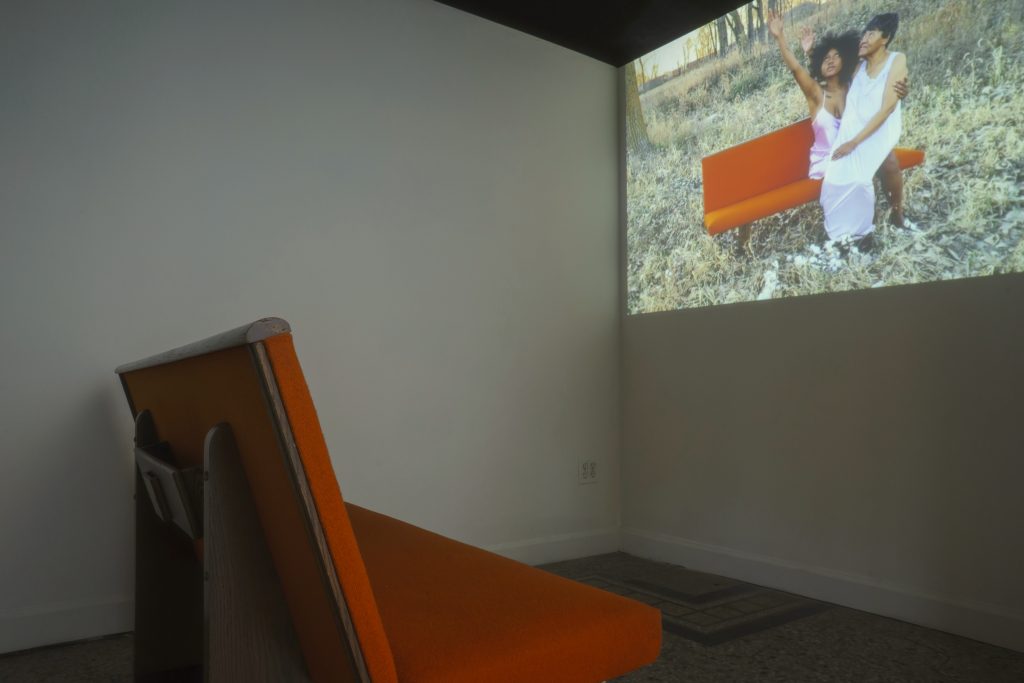
ir: Ahh, I feel that shyness in my writing practice, too! Writing and the written word has always recalled a sacredness to me. Maybe because I grew up in the Black church and the written word was held to such a high degree. I think that really molded my relationship to text and writing and thinking of it through this lens of world building and cultivation. I became really interested in the stories and parables that I learned through this text as a way to give meaning and new meaning to our narratives. From there, I became obsessed with folklore and storytelling and wanted to write my own stories and narratives where I could build the worlds I was dreaming of. I’m interested in what influences or has influenced your writing, the way you weave words, or think about the written word.
AO: Lived experiences and life stories of Black matriarchs (blood and otherwise) that I’ve met influence me a lot. A book that I consider to be sacred, and my bible, is For Colored Girls Who’ve Considered Suicide When the Rainbow Wasn’t Enough by Ngkoke Shange. That book definitely carried me through COVID. I love how [Shange takes] anything that you’re holding onto or any emotions that you can’t manage to release or address and opens [up] a well of emotions inside of you. No matter how detached or disassociated I am, I can pick up that book and it lets me know that I’m not alone. It reminds me that my heartache is valid, but that I have the power to work through it, too. It insists on a level of deep feeling and vulnerability.
TH: This is a difficult question.. My mind immediately thinks about one of my first writing residencies that I did in the mountains of Canada. I was having a really hard time. When I arrived, I had a really complicated spiritual reaction to that land and I didnt have an explanation for it. I was working on an essay about the Kerry James Marshall show at the Museum of Contemporary Art. I had a hard time finding my words for this piece and when you can’t find the words you go to other’s words. At that time, that struggle led me to Toni Morrison’s Site of Memory. As someone who is interested in archives, a lot of my motivations are rooted in [having a preservation that is] as complete as possible of our experiences and lives. That’s the goal, to get the fullest picture. I started to think about the beauty within not having all of the information and what that space contains. As a writer, Toni is so great at tapping into a certain way of thinking about truth and understanding truth within a space of things we don’t know because they have systematically and historically [been] ripped from us. No text has been more transformative to me than that one because, in a lot of ways, it grapples with the ways that she’s approached her work and grew to an understanding of truth and fiction through her work. Most people think of Toni Morrison as a fiction writer, but I don’t think of her as that. She’s not writing fiction. She’s writing what can be seen as the folklore or myths of Black people, but mostly because those histories have not been documented or [have been] destroyed intentionally.
ir: That’s hilarious—I have an open tab on my screen right now with that text. I’m reading it now for the second time and am meditating on Morrison’s use of truth and its function as a communal effort that gives it meaning and collective purpose. Again, building our worlds from our dreams brick by brick. Story by story. Dream by dream. There’s a spiritual connection to truth that fact or fiction cannot grasp.

AO: What y’all are saying about truth resonates with me and makes me think about where I’m headed with this current curatorial concept. I consider myself a historian, and as we know a lot of Black history is not known because it’s been erased or edited or documented in inauthentic ways, or ways that are untrustworthy. I think about how we are now tasked with shaping our truth and redefining a historical truth. [By] reframing and revisioning our future, present and past, we can redefine what is true about the ways our ancestors lived and survived.
ir: I’m thinking of the land and its purpose within the context of dreamscapes–the way that we, as Black folk, traverse our landscapes and revise our relationships to these lands that we built but have little to no public claim. I’m wondering how you think about the land as a collective site of memory and how modes of Black futurity can operate as an anchor.
AO: I’ve been thinking about Blackness and its relationship to the land for some years now. I’ve spent time in Trinidad, where my mother’s family is from, and the last time I went, I documented a lot of my family history and lived experiences there. I was able to visit my great great grandfather’s property while there. He was in indentured servitude and worked the land for white plantation owners until he was able to earn five acres for himself. My family talks about him in such a proud and fond way because he literally made the land what it is today. He planted banana trees, mango trees, cocoa, coffee, and sugar cane and those crops are still growing on that land to this day. It showed me the profound care and pride that he put into that land, nurturing it according to the needs of his family and the vision of home he had imagined for them. I went to Louisiana with my friend and frequent collaborator, Jada-Amina, to visit their family’s properties and learned about how they came to be on that land, and the daily care work that went into cultivating their land. Since having those experiences, I’ve been thinking about our tendency to center Black American subjugation, which is necessary to an extent, but sometimes I feel it can obscure nuances or be projected into situations where it no longer applies. To this day, there are Black folks in the South who own land and are very proud of it. They’re in love with and very attached to it. Just to witness that love, time, and attention and seeing these present-day relationships to the land made me put a lot into question when it comes to what kind of labor has been put into this land. I think about how our immediate introduction to this land was not chosen, but once we decided to build a life here, there were so many possibilities created from that. There were ancestors who chose opposition and ancestors who chose settlement. Those narratives are shrouded in subjugation and trauma where the land is full of Black terror, but the land is also full of Black love, Black care, and legacy. So much of the music, food, and other elements of Black American culture that we love was created on plantations, so there had to be some level of tenderness on the land that fostered these things into being. The exhibition definitely came about to reframe our ancestors’ truths, capturing the fullness of that relationship and ushering in greater collective reverence for the land.
TH: Anisa, I’m really curious how you define Black Pastoral for yourself. What is it? How are you defining it?
AO: The Black Pastoral is a thing—like, I’m trying to make it a thing. Art historically speaking, when I think of pastoral paintings it’s usually a group of white people gracefully resting in a beautiful landscape. The colors, garments, its composition is all very serene, quieting, immersive, and lush. And the way that the people in the scene are interacting with the landscape, there’s romance and a softness there. So, when I began to think of a Black Pastoral, I wanted to center the Black rural experience and use the pastoral as a tool for re-envisioning plantation landscapes as places for Black rest, quiet, and romance. A meditative space that is restorative. Usually, the activities you see happening in these pastoral paintings are people tending to the land or expressing some kind of kinship. Black pleasure is also something I wanted to explore. Those are all the aspects that come into play within the notion of a Black Pastoral–honoring the land as space for all of those things.
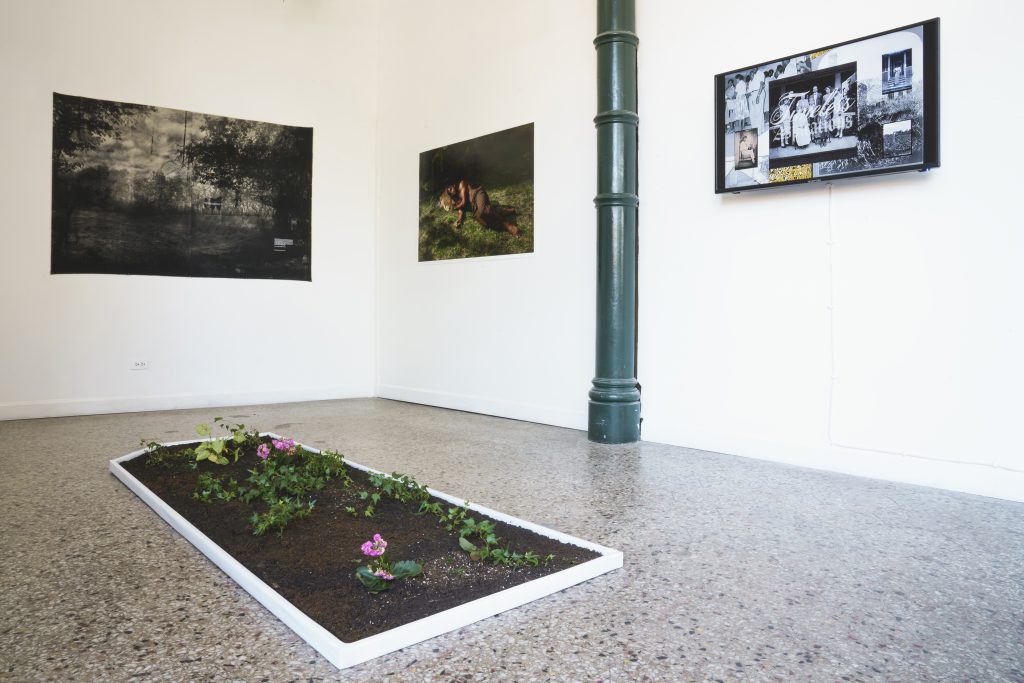
TH: That’s amazing. In thinking about that, I always have to bring things back to the archive. A few years ago, a friend and I were doing research in a big national arts archive. One of the things that we noticed was that it lacked adequate representation of Black American artists, but also what materials of those artists were kept and included was really interesting to see. When you start to look at the general materials of some of the well known white artists, you get a more full picture of their lives. You see not only the work and the things that are related to the work, but you see things about leisure–the things that they did outside of the studio that ultimately ended up informing their studio practice. You see things like their travel, photos of them on boats and horses, etc., But when it came to the Black artist, that was less present. For me, I’m really interested in valuation and that was a conversation about what is valued and how we understand each other within those records. It brings up the question of if you don’t value to see Black folks in leisure time and space, then perhaps if you don’t spend time with Black folks you assume their time is spent in very specific ways or you’re making assumptions about their lives that don’t include play and leisure. It’s interesting for me to think about what it means to define a term or a concept aesthetically but then also in that term understanding how we visualize it and document within the concept of the Black Pastoral. What materials goes into understanding the full definition of what that is?
I love that you’re pulling all these pieces together that are related to the footnotes of the Black Pastoral as you develop it. I’m looking forward to seeing how it continues to be defined through your travels, your own relationships with your works, and bridging that together curatorially.

AO: The Black Pastoral has become a huge part of my life. It made me think a lot about beauty–going to my great great grandfather’s land in Mamoral, Trinidad and Jada-Amina’s family land in Cade, Louisiana and so many other places that left me taken aback by the sheer wonder of it all. It’s been a privilege to spend the time that I’ve spent in those landscapes over the past few years. Being surrounded by living, breathing beauty with time to think, sitting with how powerful and restorative that can be for those of us with complicated, slave descended histories.
So, in that way the Black Pastoral isn’t just an idea or definitive concept, it’s the lived experiences of Black [folks] being within those environments. I think that aspect is so important to note because, yeah, the Black Pastoral already exists. There is Black leisure in the sticks. There is Black romance in the sticks. It’s a real life thing and has been an integral part of Black American culture for generations, which is why I’m so interested in celebrating the Black Pastoral as a site of remembering and return. Many of our ancestors’ imaginings-turned-realities were born in the Black Pastoral, so I see it as a kind of requiem as well. Our ancestors were able to dream up some wild shit there, so imagine what dreams we could conjure with the level of perspective that we have in this time. Imagine if we sat, played, and communed in this space of the Black Pastoral, what possibilities we could collectively dream up? It’s endless.
“Dreamscapes: Imaginings of a Black Pastoral” is on view at Roots & Culture, 1034 North Milwaukee, through September 5, 2021.
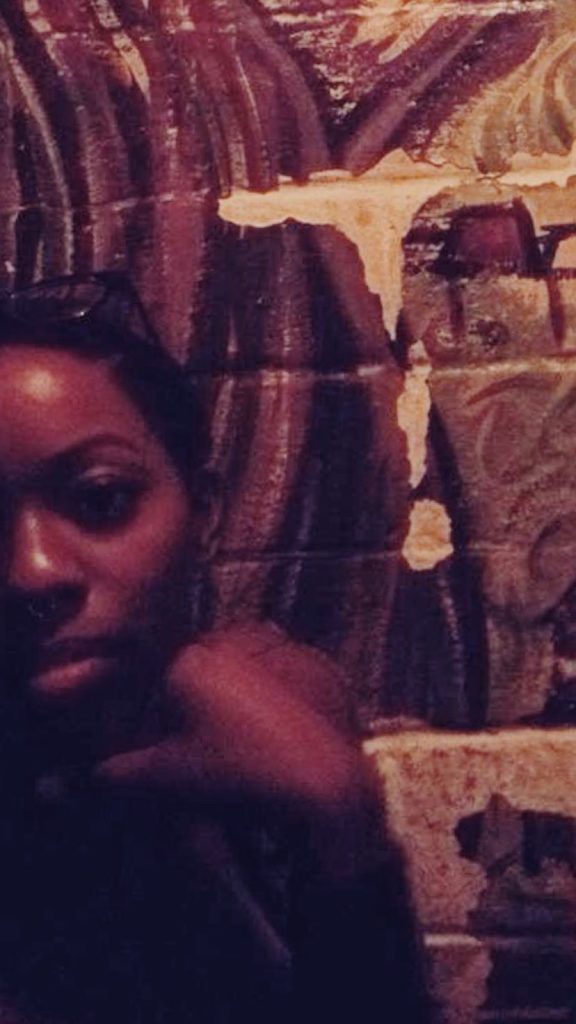
isra rene is a curator of care weaving webs of dreams tufted by our inherent connections of love, vulnerability, and care.
